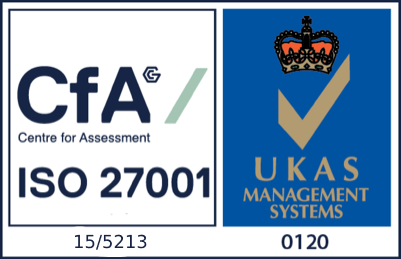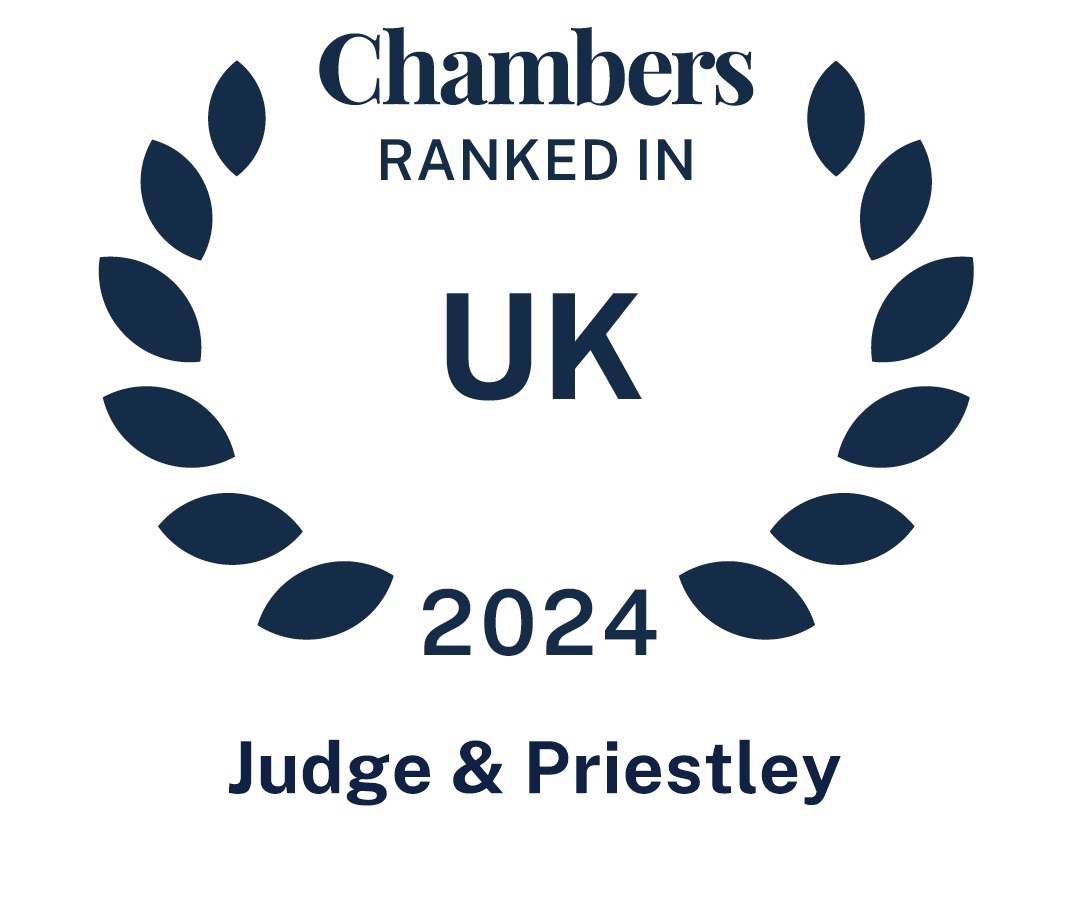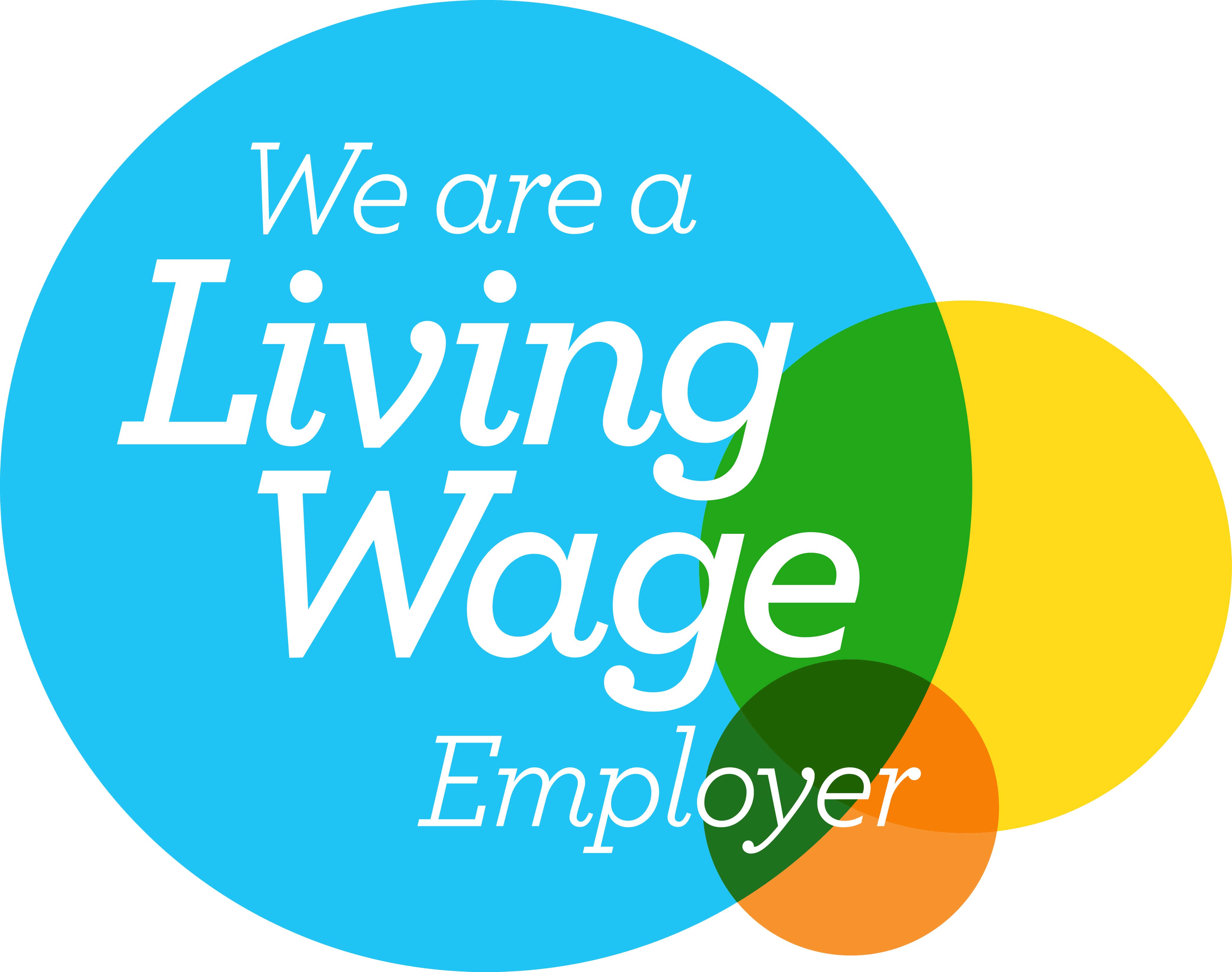- Bromley020 8290 0333
2016 A roller coaster ride for followers of UK residential property market activity
2016 has been something of a roller-coaster ride for followers of residential property market activity. The first quarter of the year was notable for a mini-boom as landlords and second home buyers rushed to complete purchases ahead of the changes to stamp duty introduced from 1st April. From that date anyone paying more than £40,000 for a property other than their main home has faced a stamp duty surcharge of 3% of the buying price, adding £6,000 to the cost of buying a £200,000 property.
The rush to beat this increase in the tax bill on buying second homes and rental properties led to sharp rises in UK mortgage lending and house sales, especially in March, as the changes loomed. Data from the Council of Mortgage Lenders showed gross mortgage lending of £25.7 billion was up by 59% on the previous March and it was the highest March figure since 2007, before the financial crisis. Additional figures from the HMRC show that 161,990 property sales of £40,000 or more were registered during the month, a 77% increase on the figure for March 2015.
That boom led to an inevitable slowdown in activity post the1st April deadline. This in turn led into the June / July period where confidence in property markets was dented by the run-up to and the outcome of the Brexit referendum. In the aftermath of the result experts lined up to predict dire consequences for the UK residential property market and indeed there was a definite hiatus in activity as buyers and investors took stock of the situation. Figures released by the Royal Institution of Chartered Surveyors (RICS) over the summer suggested that demand for homes to buy hit an eight-year low in June / July and the rate of month on month house price growth in the UK fell to a modest 0.5% in July (UK House Price Index).
Latest data published in October suggest that the market has rebounded reasonably as Brexit fears for the market recede. RICS have reported that buyer demand rose in September for the first time since the rush to beat the stamp duty deadline in March. Figures from the Council of Mortgage Lenders show the number of both first time buyer and home mover loans approved grew year on year in August and it was the second highest month for loan approvals this year after March. Data from the Land Registry on actual sold prices in August show the month on month price increase across the UK accelerating from 0.5% in July to 1.3% in August.
The only area of the residential market that still seems subdued is the buy-to-let market. According to the Council of Mortgage Lenders, landlords’ agreed 19,400 loans in August, up 4% compared to July but down 13% compared to August 2015. Given the significant spike in buy-to-let sales in the first quarter, when many landlords admit to bringing forward intended purchasing activity for the year, this is not perhaps that surprising,
Positive drivers of pricing in the market remain the historically low interest rates as a result of the Bank of England’s Quantitative Easing programme and the lack of supply of both new and existing housing stock to purchase. These are countered somewhat by an on-going programme of taxation changes that negatively affect the buy–to-let market. As long as the two key positive factors remain in play then the immediate prospects for the UK residential property market would seem to be for further price rises going forward.
Please contact Madelaine Henwood mhenwood@judge-priestley.co.uk or call on 0208 290 0333 for further information.
http://www.judge-priestley.co.uk/site/contact/make-an-enquiry/









